Laguardia: A Medieval Village in Rioja Alavesa with a Tuscan Flair
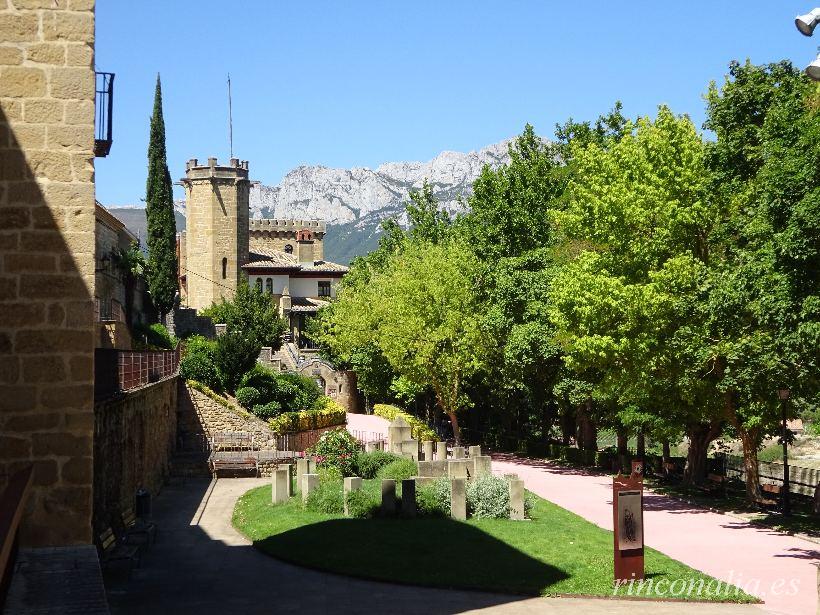
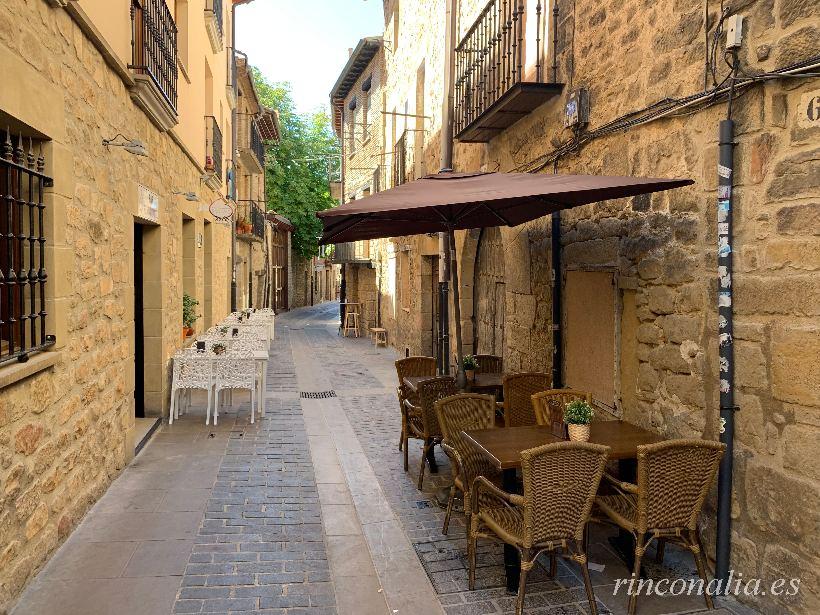
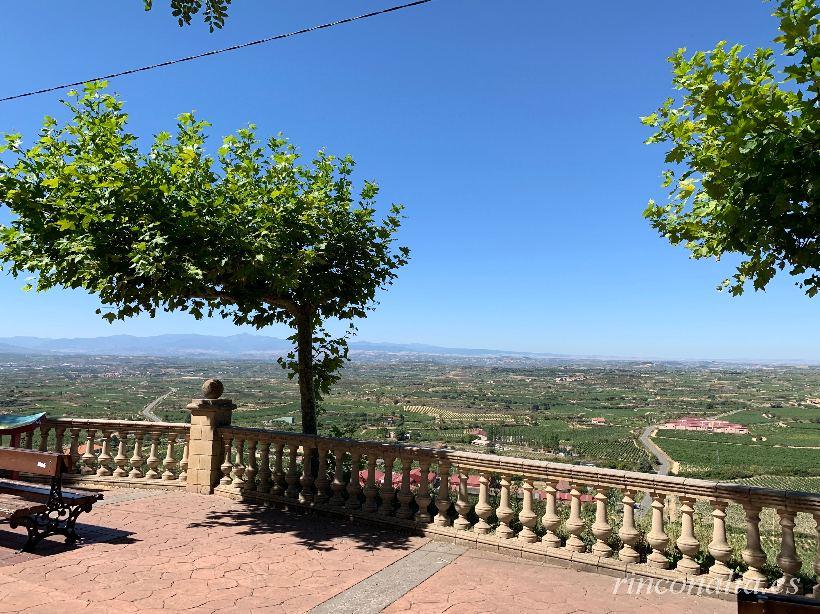
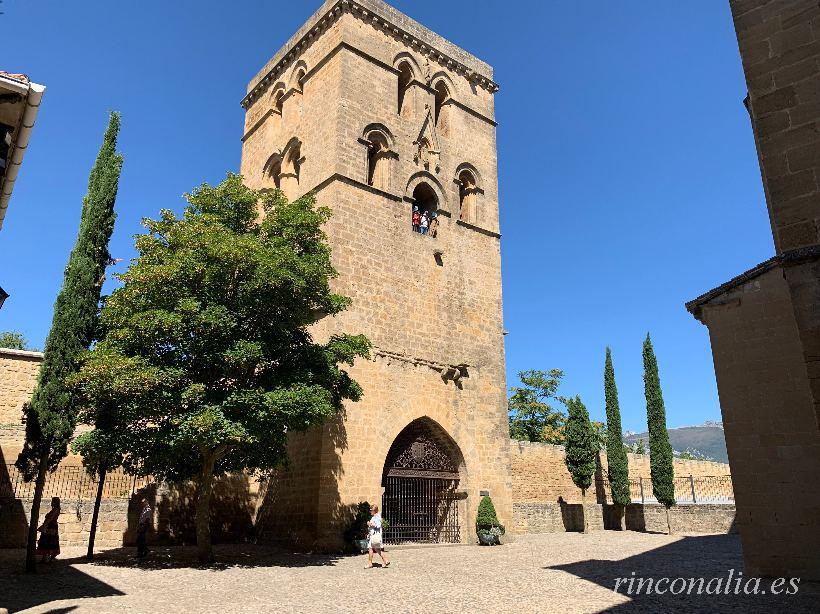
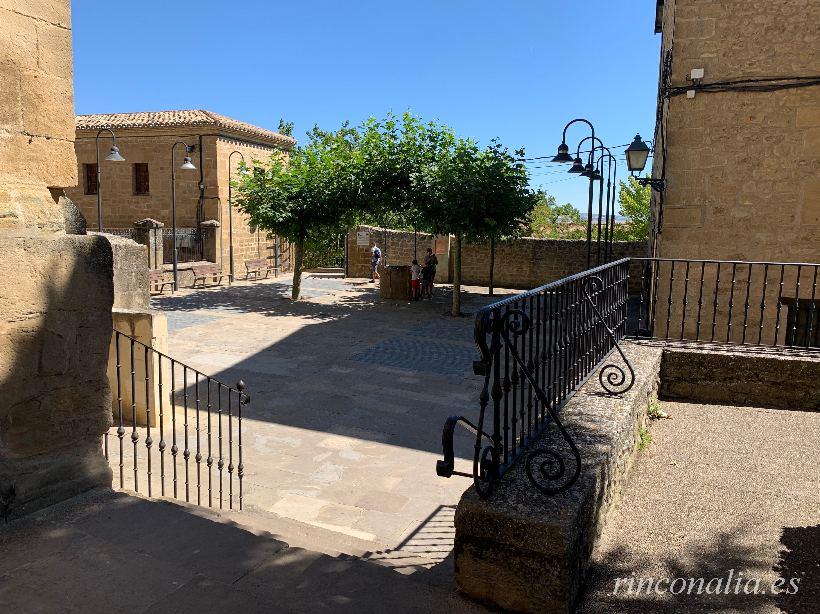
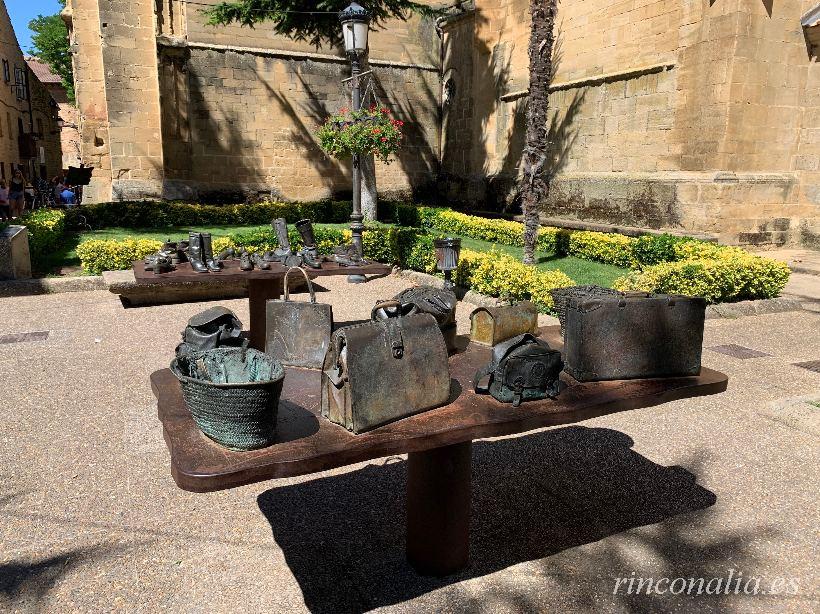
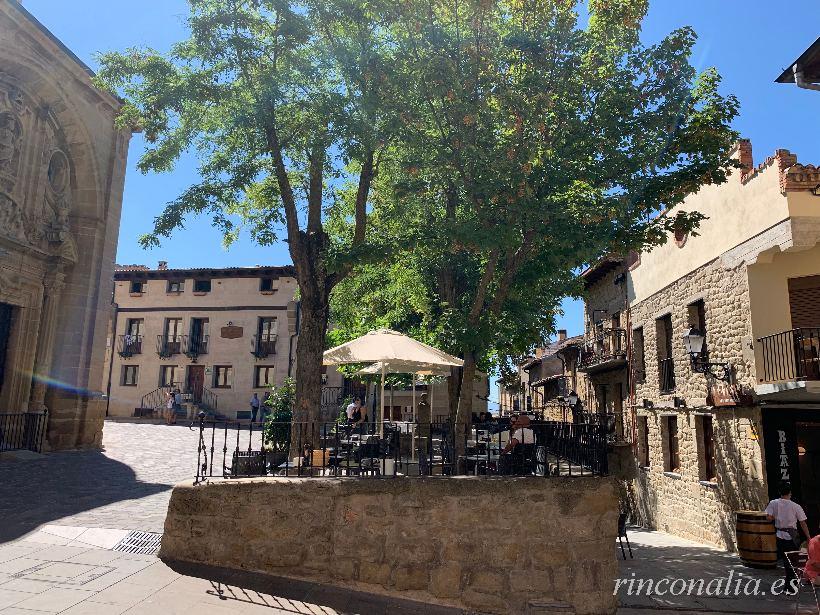

Actualizado el
The picturesque layout of Laguardia unveils medieval streets, imposing walls and plazas whispering centuries of history. Every corner invites exploration among stone and wine.
Origins of Laguardia
Near the ancient Celtiberian site of La Hoya, settlers founded new Laguardia on a hill in the 10th century under King Sancho Abarca of Navarre. It guarded the border with Castile, evolving from fortress to flourishing wine town under the Catholic Monarchs.
Tapas and Wine Tasting
Laguardia is a gastronomic gem of Basque cuisine. Tapas bars pair local pinchos with crianza wines. Beneath the town, underground bodegas mature Rioja wines—some open for secret tastings.
Panoramic Views
Perched on a hill, Laguardia offers sweeping vineyard vistas at sunset, evoking Tuscany’s golden light over the rolling hills.
Underground Cellars
Nearly every home hides a subterranean bodega where fine wines age. Many now serve as boutique hotels or restaurants offering guided tours and ancestral wine tastings.
The Celtiberian Reservoir
Discovered in 1998, this 2 100-year-old Celtiberian reservoir once held 300 000 L of water, essential for La Hoya’s inhabitants. An interpretation center reveals its sacred role.
Gothic Polychrome Portal
The 14th-century Santa María de los Reyes church features one of Europe’s best-preserved gothic polychrome portals under its protective canopy. Nearby, San Juan’s Baroque altarpiece dazzles.
Other Highlights
- Tower-bell: a square‐plan fortress tower inspired by early Italian Romanesque.
- Automaton Clock: hourly melodies and dancing iron figures.
- Archaeological sites: dolmens, Celtiberian villages and rock-carved wine presses.
Laguardia blends millennia of history, vineyard landscapes and a unique atmosphere—every alley, cellar and hilltop panorama promises an unforgettable journey in Rioja Alavesa.
How to get there
Laguardia es un municipio situado en al sur de la provincia de Álava, España, a unos 64 km de la capital Vitoria, que pertenece a la comunidad autónoma del País Vasco. Está enclavado en la comarca de la Rioja Alavesa.
Decimal: 42.553611°, -2.583611°
DMS: 42°33'13" N, 2°35'01" O
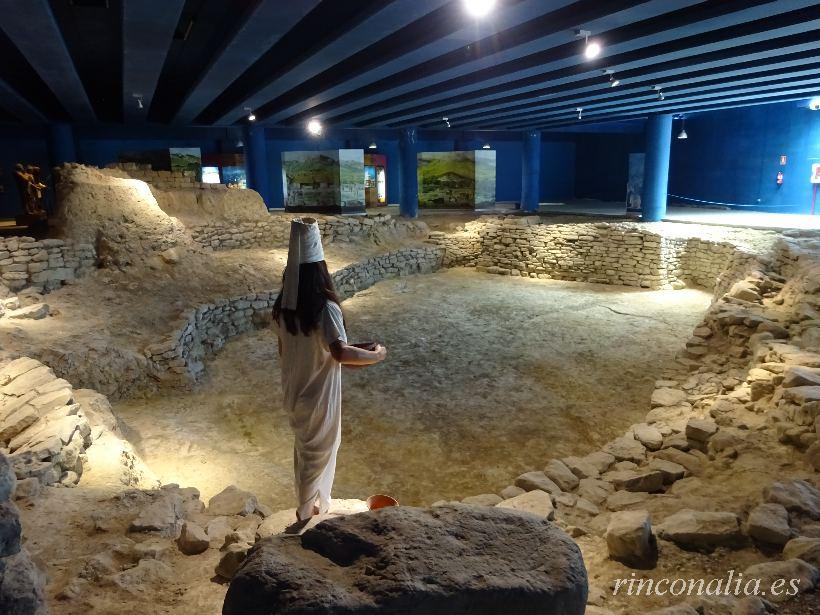
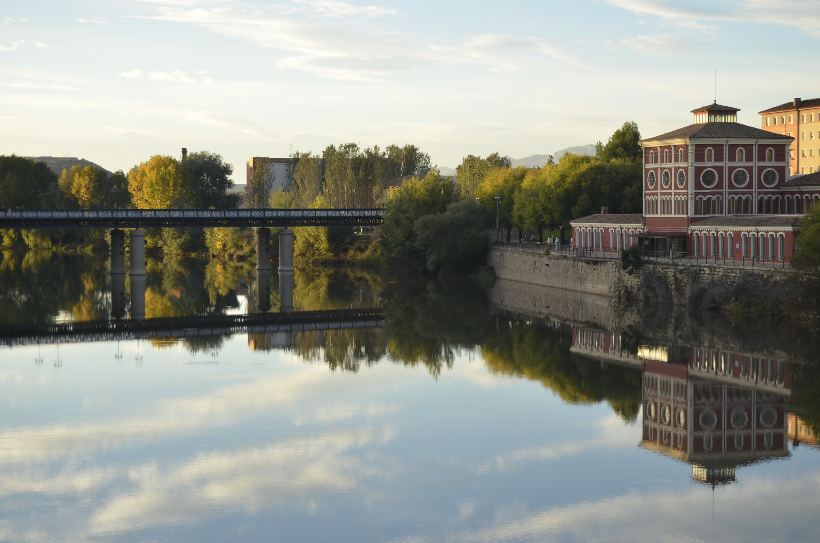
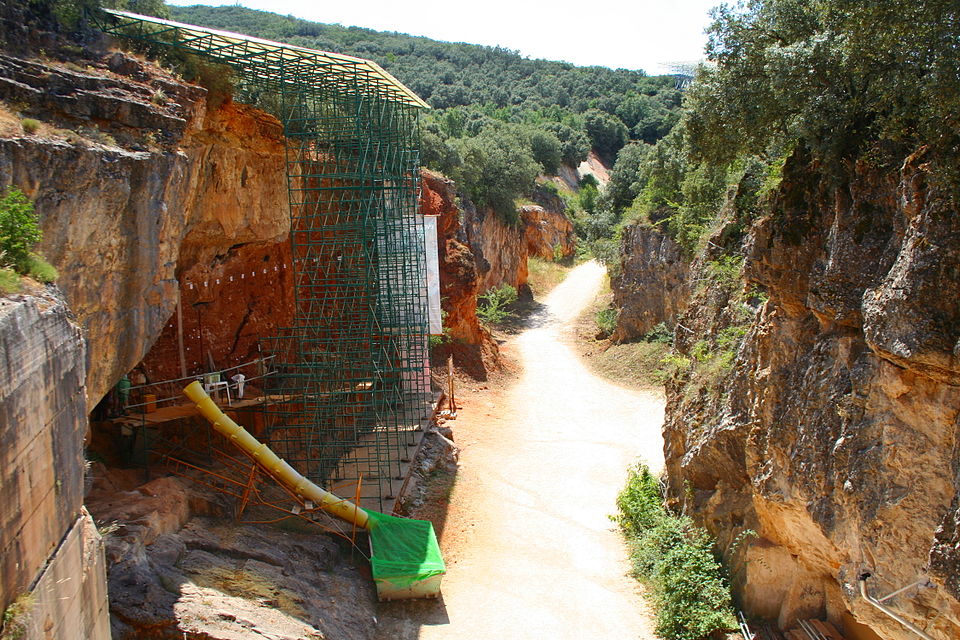
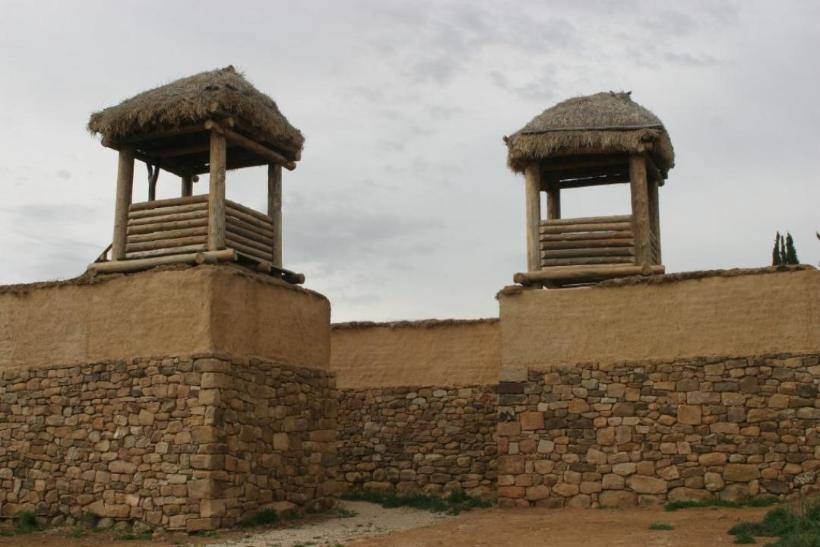
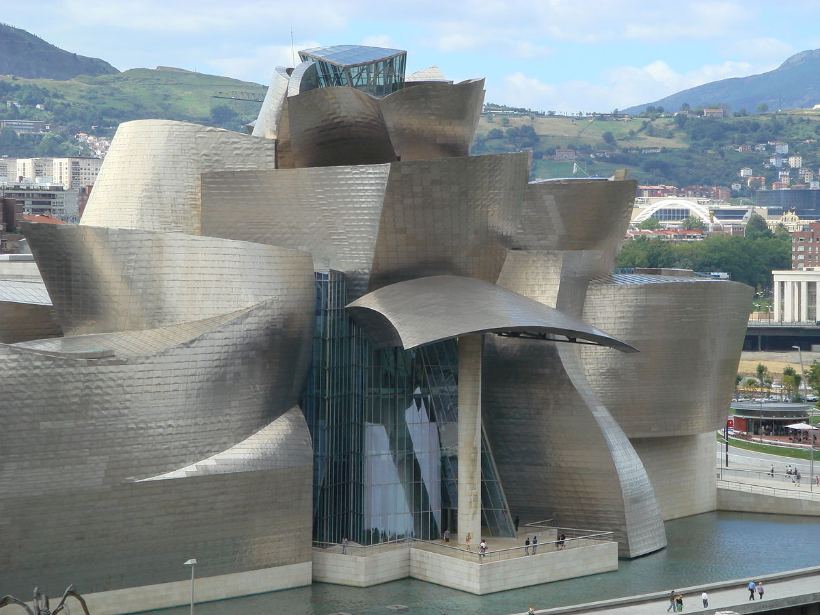
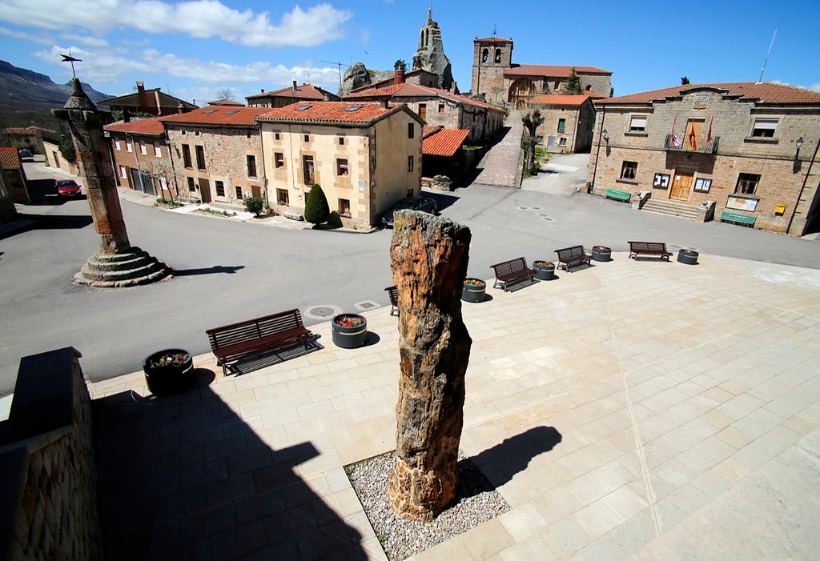
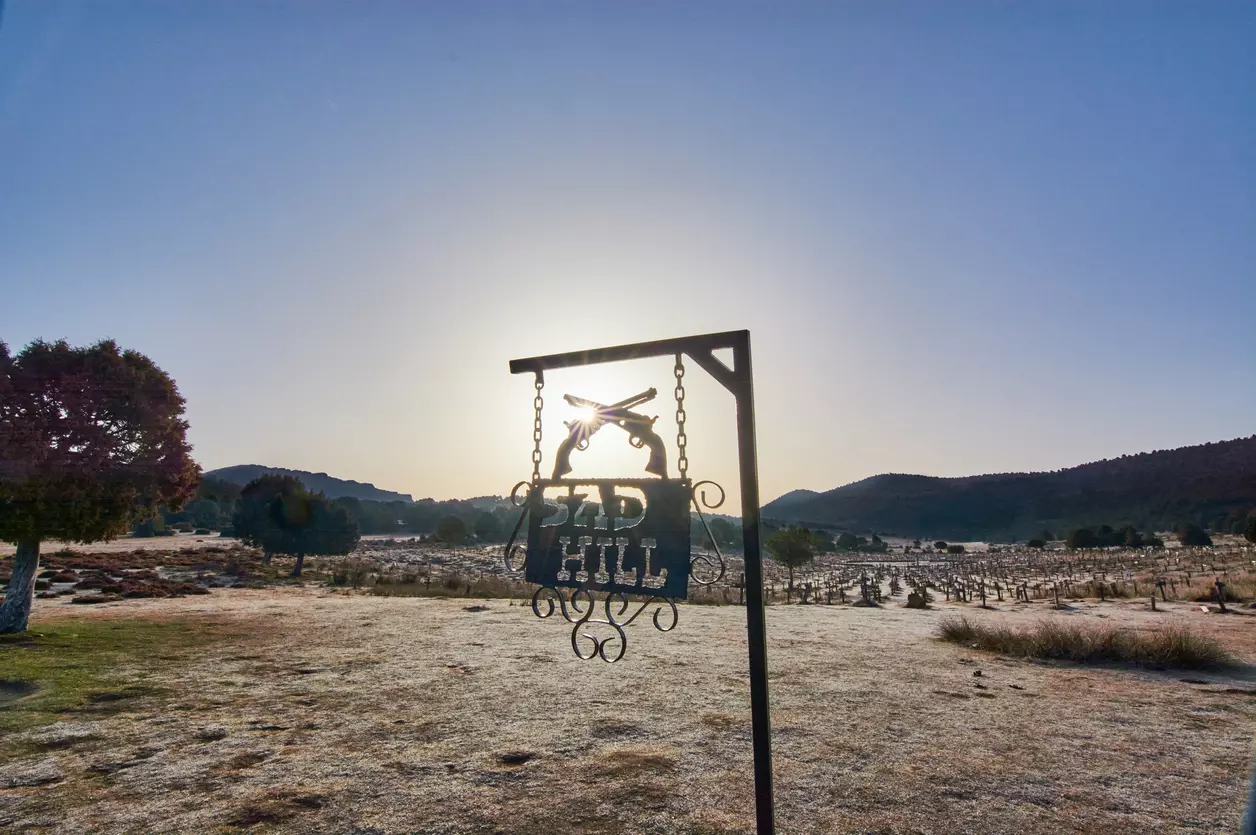
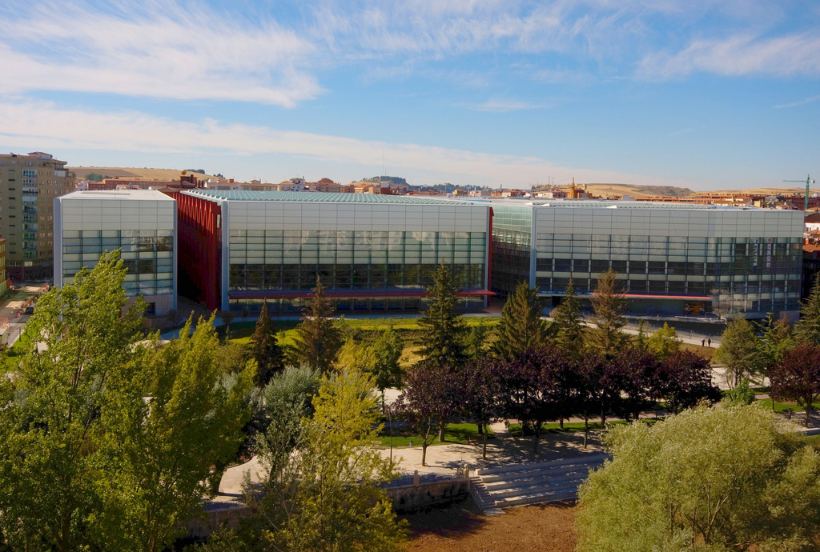
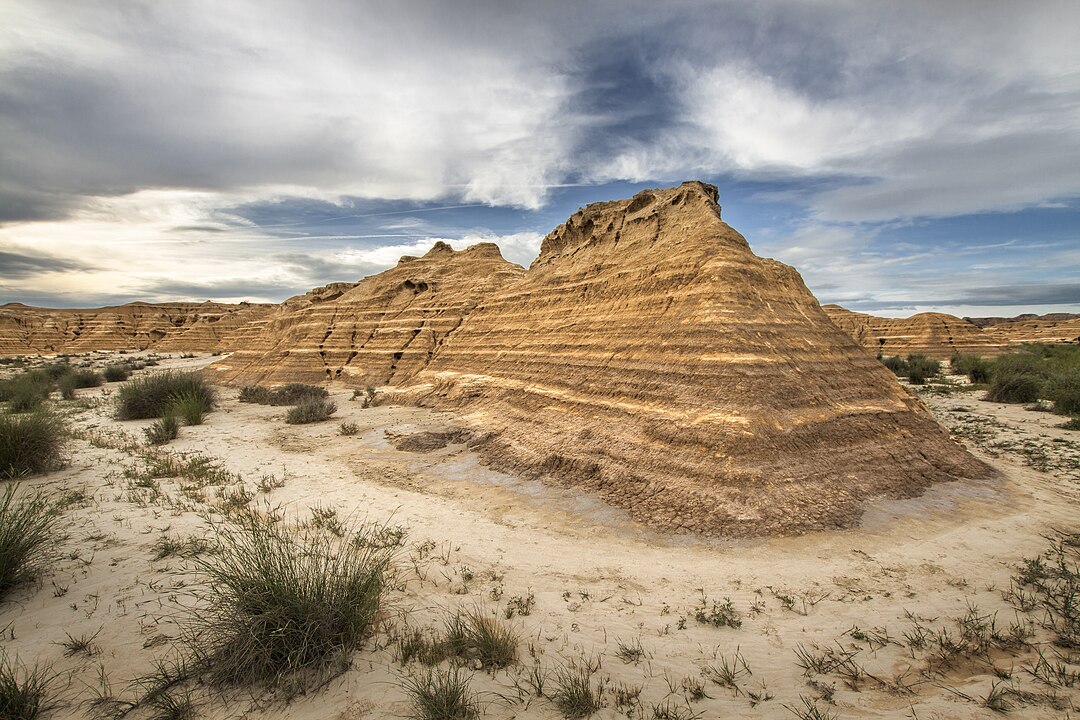
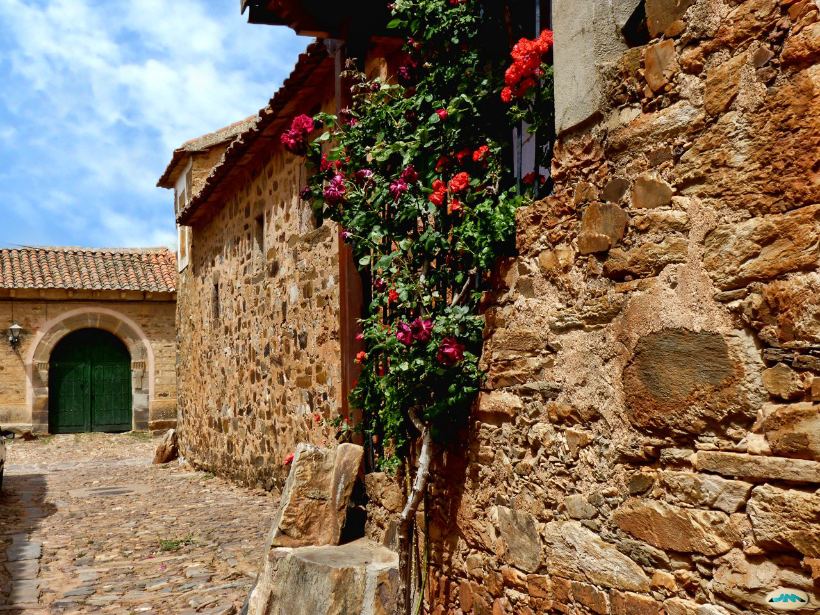
.jpeg)